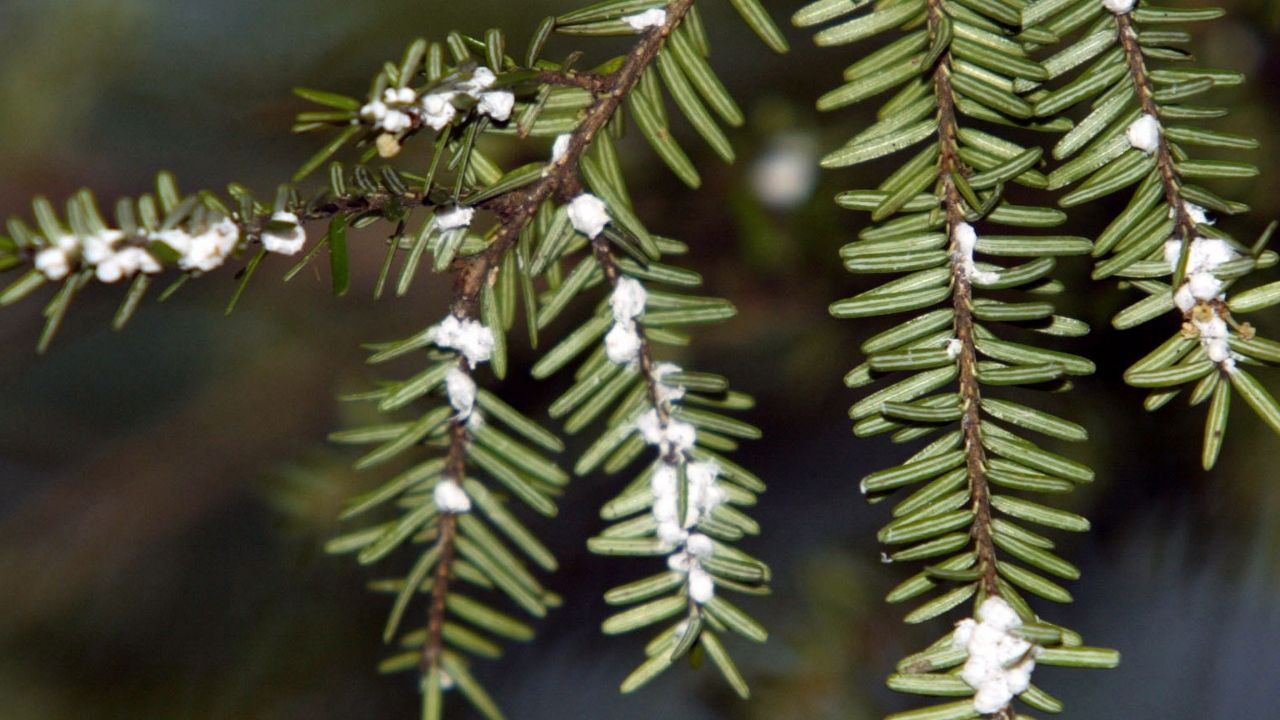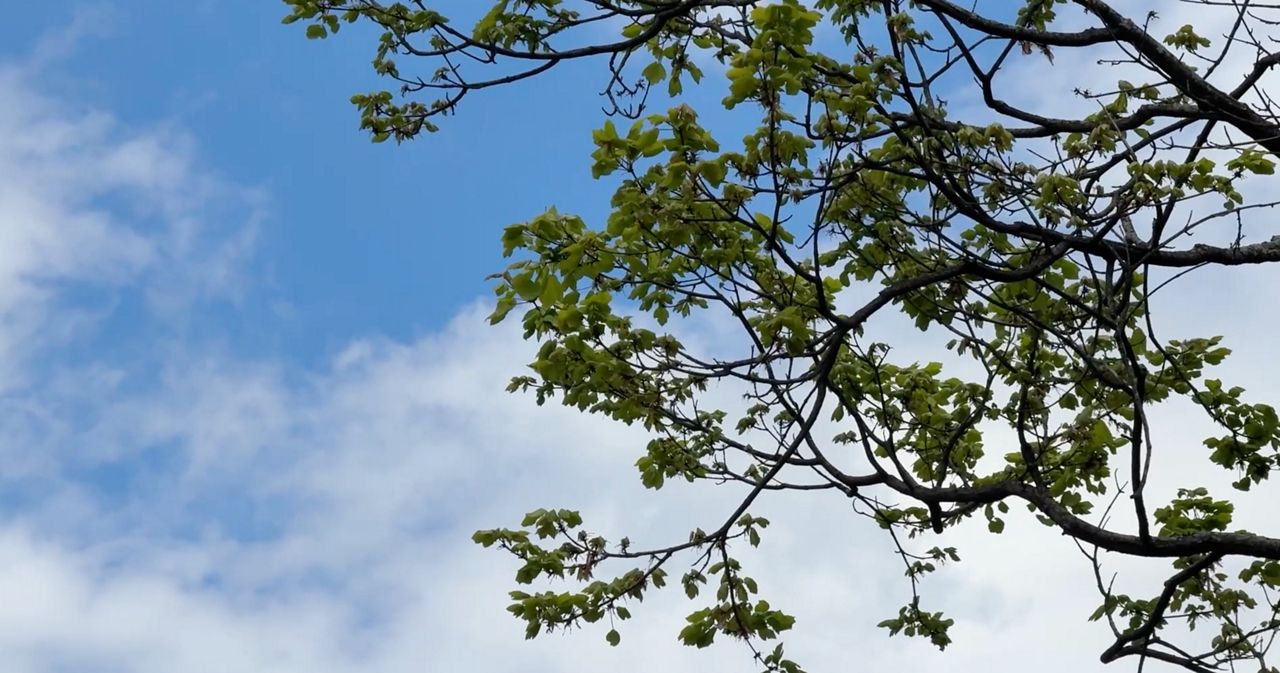An invasive insect, smaller than a grain of rice, is destroying some of the oldest trees in North Carolina, but researchers aren't giving up.
The eastern hemlock is an icon of old-growth forests along the East Coast, with some living up to 1,000 years and soaring to 170 feet tall. Affectionately nicknamed “the redwood of the East,” this species is one of the tallest trees found in the state.
The Carolina hemlock is a much rarer species that is confined mostly to North Carolina, but is also found in neighboring states. Found along cliffs and ridges in southern Appalachia, it’s only about half the size of the eastern hemlock, but can also live for hundreds of years.
No matter how old or how tall, it doesn’t stop the hemlock wooly adelgid from sucking the life out of them, literally.
The HWA is an aphid, a type of insect that survives off of sap from trees and other plants. It looks like a deceivingly harmless tiny cotton ball, but the HWA pierces the hemlock’s needles, settles down for life, and drains the tree until it dies.
There are only a few species of hemlocks in the world, mostly found on the East Coast, Pacific Northwest and Asia. The HWA is native to Asia and arrived in the U.S. in the '50s via an infested import of hemlocks to Virginia.
In its native territory, HWA are the sole diet of a predatory beetle, which keeps them from destroying Asian hemlocks. No such predator existed in the U.S., until we brought them here.
Thousands of Laricobius beetles have been released into hemlock groves over the past twenty years. The N.C. Forest Service announced on Thursday that they’ve found beetles miles from their release sites, a hopeful sign that the beetles are making a home in the forests, and the plan is working.
In the meantime, infested trees can be treated with a pesticide called imidacloprid, which is also used as a flea treatment for pets. When the pesticide is poured on the tree's roots, it makes its way into the sap and kills the insects when they ingest it.
Hemlocks are an integral part of making the Appalachian Mountains a biodiversity hotspot and support hundreds of plant and animal species with their blanketing canopy, foliage and the distinctive coolness of their shady groves.







)

